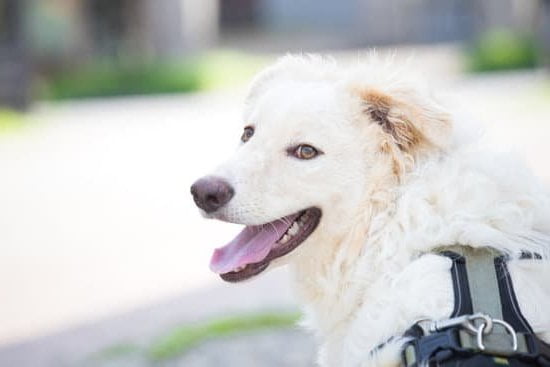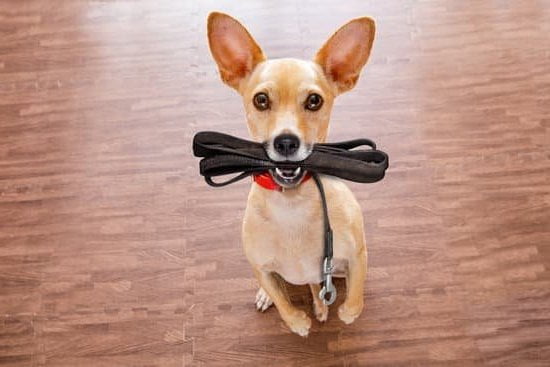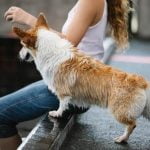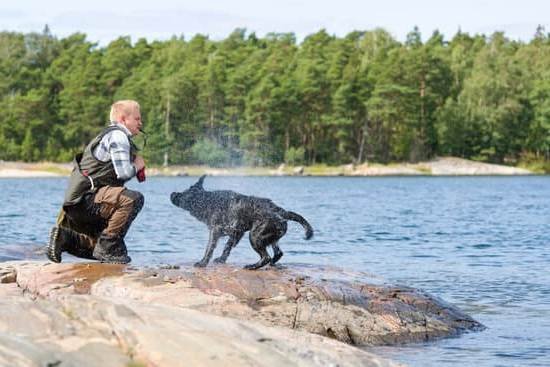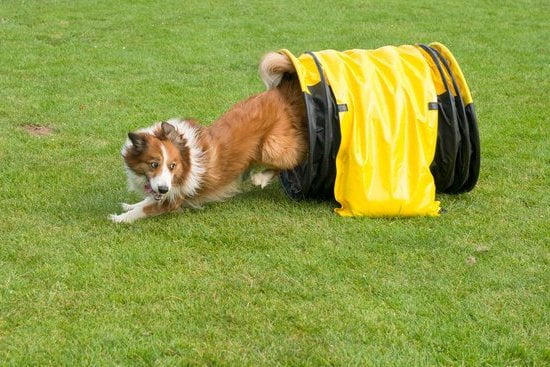There is no one definitive way to train a dog not to poop in the house. However, there are a few basic principles that are generally agreed upon. The first step is to establish yourself as the pack leader. Dogs instinctively follow a pack leader, and will not feel comfortable defecating in an area where they do not feel they are in control. You can establish yourself as the pack leader by using positive reinforcement methods such as treats and praise, and by being consistent in your commands.
The next step is to create a routine for your dog. Dogs like routine and will feel more comfortable if they know when and where they are supposed to go to the bathroom. You can help your dog learn this routine by taking them outside regularly, and by consistently rewarding them when they go to the bathroom outside.
It may take some time and patience, but with consistent reinforcement, most dogs can be trained not to poop in the house.
How Do You Plan To House Train Your Dog
?
There are a variety of methods people use to house train their dogs. The most important part of house training is to be consistent. You must be vigilant in watching your dog and correcting any accidents.
One popular method is to create a designated potty area outdoors where your dog can relieve himself. When you first bring your dog home, take him outside to this area immediately after he eats or drinks and after he has played. Once your dog consistently goes to the potty area outside, you can start to slowly reduce the number of times you take him there.
Another common method is to use a crate. When you cannot watch your dog, put him in the crate. Dogs do not like to soil their sleeping area, so they will usually try to hold it until you can let them out.
Whatever method you choose, be patient and consistent. It may take a while for your dog to get the hang of it, but with time and patience, you will be able to house train your dog successfully.
House Training An Adopted Dog
When you bring a new dog into your home, the first thing you need to do is housetrain him. This is especially important if you’re adopting a dog who is not yet housetrained. There are a few things you can do to make the process easier:
1. Start with a regular routine. Dogs like routine, and they like to know what to expect. When you first bring your dog home, establish a regular routine for feeding, walking, and potty breaks.
2. Take your dog out frequently. You should take your dog out to pee or poop at least once every two hours. And be sure to take him out immediately after he eats, drinks, or plays.
3. Use a cue word. When it’s time for your dog to go outside, use a cue word like “outside” or “potty.” This will help him to associate the cue word with going to the bathroom.
4. Reward your dog for going potty in the right place. When your dog goes potty in the right place, reward him with a treat, petting, or verbal praise.
5. Be patient. House training a dog can take time, so be patient and consistent. With a little patience and effort, you’ll have a housetrained dog in no time!
Tips For House Training Dogs
There are a number of things you can do to help speed up the house training process and ensure your dog is successful in learning where to go to the bathroom. First and foremost, it’s important to be consistent with your commands and rewards, and to keep a close eye on your dog during the house training process.
1. Establish a routine for your dog and stick to it as closely as possible. Dogs like routine and knowing what is expected of them.
2. Feed your dog on a regular schedule and take them out to the bathroom immediately after they eat.
3. Make sure your dog has plenty of opportunity to go outside to the bathroom. Bring them out regularly, even if they don’t seem to need to go.
4. If your dog does go to the bathroom inside, be sure to praise them and give them a treat.
5. Keep your dog’s living space clean and free of accidents. This will help to reinforce the idea that the bathroom is outside.
6. Be patient and consistent with your dog. House training can be a slow process, but with patience and perseverance, you will be successful.
How To Train Old Dog Not To Pee In House
There comes a time in every dog’s life when they stop being puppies and become adults. As your dog enters their adult years, there are some new things you will need to start doing to make sure they live a happy and healthy life. One such change is that your dog may start to pee in the house. This can be a difficult behavior to break, but with patience and perseverance, it can be done.
The first step is to determine why your dog is peeing in the house. There are many reasons a dog might start peeing in the house, such as a medical condition, anxiety, or a lack of appropriate potty training. Once you have determined the root of the problem, you can start to address it.
If your dog is not properly potty trained, you will need to start by teaching them where to go. Take them outside frequently, and reward them when they pee or poop outside. Be consistent with this training, and don’t allow them to pee inside the house no matter what. It may take a while, but with patience and consistent training, your dog will eventually learn to only pee outside.
If your dog is peeing in the house due to anxiety, you will need to help them overcome their anxiety. One way to do this is to provide them with a designated spot in the house where they can go to the bathroom. This spot can be a designated corner of a room, a specific spot in the yard, or even a litter box. When you see your dog start to show signs of anxiety, such as pacing or whining, take them to their designated spot and praise them when they go to the bathroom.
If your dog is peeing in the house due to a medical condition, you will need to take them to the vet and get them treated. Once the medical condition is treated, you can then start to work on training your dog not to pee in the house.
It may take some time and effort, but with patience and perseverance, you can train your old dog not to pee in the house.

Welcome to the blog! I am a professional dog trainer and have been working with dogs for many years. In this blog, I will be discussing various topics related to dog training, including tips, tricks, and advice. I hope you find this information helpful and informative. Thanks for reading!

